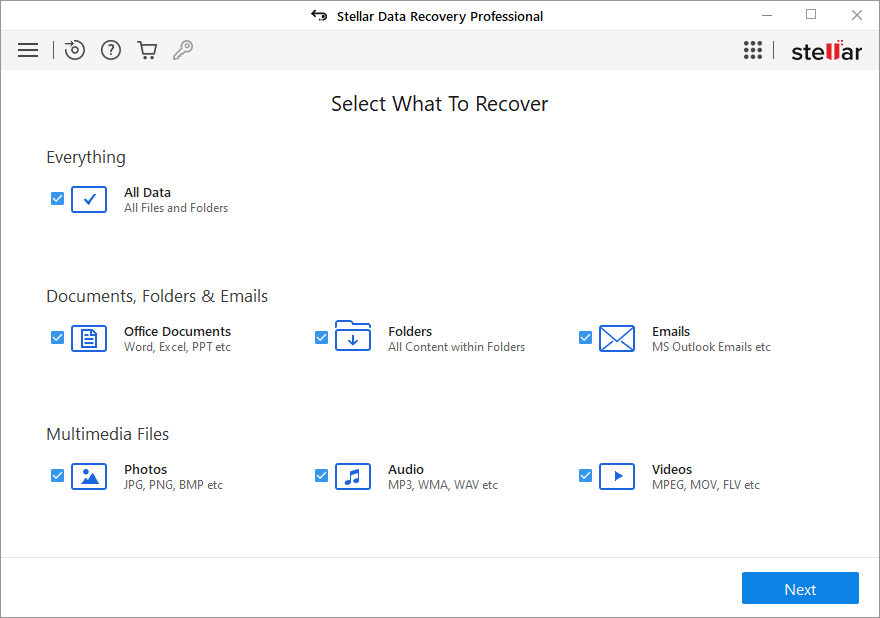What is Senanam Ransomware?
Senanam Ransomware is a type of malicious software that encrypts files on a victim’s computer, making them inaccessible until a ransom is paid. It typically infects computers through phishing emails, malicious websites, or software vulnerabilities. Once installed, Senanam Ransomware adds a specific file extension to encrypted files, such as .senanam, making it clear which files have been affected. The ransomware uses advanced encryption algorithms to lock the files, making it nearly impossible to decrypt them without the decryption key.
Upon encrypting the files, Senanam Ransomware creates a ransom note that instructs the victim on how to pay the ransom in exchange for the decryption key. The ransom note is usually placed on the desktop or in folders containing encrypted files. Unfortunately, there are currently no decryption tools available for Senanam Ransomware, making it difficult for victims to retrieve their files without paying the ransom. However, it is not recommended to pay the ransom as there is no guarantee that the decryption key will be provided or that the files will be restored. Victims of Senanam Ransomware should instead seek help from cybersecurity experts who may be able to help decrypt .senanam files using alternative methods.
Ransom note:

READ_IT.txt contents:
당신의 컴퓨터는 랜섬웨어에 감염되었습니다.당신의 파일과 데이터는 현재 암호화되었으며,복구하려면 비트코인으로 $1000를 팀 세나남 명의로 송금해야합니다.48시간 이내에 지불하지 않을 경우 파일을 영구적으로 손상시키겠습니다.빠른 조치를 취해주시기 바랍니다.
How Ransomwares Like Senanam Ransomware Ends Up on Users’ Computers:
Ransomware employs various methods to infect computers, exploiting vulnerabilities in both software and human behavior. One common tactic involves malicious email attachments or links, where unsuspecting users inadvertently download and execute the ransomware payload. Additionally, attackers may exploit software vulnerabilities, exploiting security flaws in outdated systems or applications to gain unauthorized access. Another avenue is through malicious websites or ads, which can silently install ransomware when visited. Furthermore, ransomware can spread through networked devices, leveraging weak passwords or unsecured connections to infiltrate entire systems.
- Remove Senanam Ransomware Automatically
- Back up Your Encrypted Files
- Decrypt .senanam Files
- Restore .senanam Files With File Recovery Tools
- Recover Encrypted Files From Shadow Copies
- How to Protect Your PC From Malware and Prevent Ransomware Infections In the Future
Remove Senanam Ransomware
First, we advise you to scan your computer with an antivirus to find and remove all remaining instances of Senanam Ransomware.
Other anti-malware software that may be able to get rid of Senanam Ransomware:
Norton (Windows, macOS, iOS, Android) The link may not work correctly in some countries.
Malwarebytes (Windows)
Back up Your Encrypted Files:
We advise you to create a copy of the encrypted files and put it away. That might help you if free ransomware decryptor becomes available in the future, or if you decide to pay and get the decryptor but something goes wrong and files get irreparably damaged in the process of decryption.
Decrypt .senanam Files:
Most ransomware use very complex encryption methods. Only the creators have the special key needed to unlock the files. Without this key, it’s impossible to get the data back. Usually, the hackers keep these keys on their own servers, not on the infected computers. Some ransomware is so well-made that it’s almost impossible to recover files without the hackers’ help. But some are not so good and have mistakes, like using the same key for everyone or keeping keys on the infected computer. That’s why it’s a good idea to look for tools to unlock your files if you get hit by ransomware. You can use NoMoreRansom site to find if a specific decryption tool for Senanam Ransomware exists.
Restore .senanam Files With File Recovery Tools:
Screenshot:

About Stellar Data Recovery
- Retrieves data from formatted, encrypted, or corrupted drives.
- Free trial version allows user to scan, preview and download up to 1GB of data.
- Supports Windows 11, 10, 8 and 7. A Mac variant is also available.
Recover Encrypted Files From Shadow Copies:
Shadow Explorer is a free tool designed to access Shadow Volume Copies in Windows systems. It allows users to retrieve previous versions of files and folders stored in these shadow copies. By selecting a specific disk and date, users may be able to recover lost or overwritten data. Download and install the latest version of Shadow Explorer, or opt for the portable version.
- Launch Shadow Explorer.
- On the top left part of the window pick a disk (C:\, D:\, etc.) and a date when a snapshot of files was captured.
- To retrieve file or a folder, right-click on it and select Export.
- Select the destination where you want to store the files
How to Protect Your PC From Malware and Prevent Ransomware Infections In the Future:
- Keep software updated: Regularly update your operating system, antivirus software, and other applications to patch security vulnerabilities.
- Use antivirus and anti-malware software: Install reputable antivirus and anti-malware programs to detect and remove ransomware threats.
- Enable firewall: Activate and properly configure a firewall to monitor and block suspicious network traffic.
- Backup data regularly: Create and maintain regular backups of important files and data on separate storage devices or cloud services to mitigate the impact of a ransomware attack.
- Exercise caution with email: Be cautious when opening email attachments or clicking on links, especially from unknown or suspicious senders.
- Stay informed: Stay up-to-date on the latest ransomware threats, tactics, and prevention strategies to adapt your defenses accordingly.
